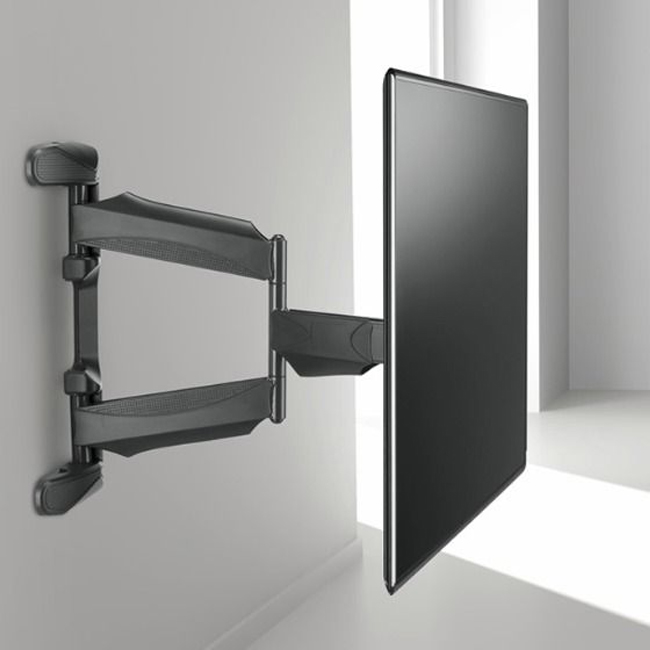Setting up your new TV involves more than simply choosing your preferred streaming applications and determining how to achieve the best image quality. The location of the TV in the room greatly influences how you view it. It’s not required to have it on a TV stand. For several reasons, feel free to use the wall space in place of the included feet. TV mounting allows you to adjust the screen’s angle, free up space for furniture, and make the set safer for children because it won’t topple over as easily. In this article, you read everything about VESA wall mount.
VESA wall mount accommodate all TV sizes, from the finest OLED models to a more affordable set that costs less than £500. Because the back contains pre-built holes (called VESA; more on that below), they are simple to install. While some allow you to tilt, spin, or fully rotate the TV, others do not allow you to do so. You’ll want one when new technologies like 4K, LED, and 3D become available. Additionally, you’ll need a wall mount that both functions and precisely fits your TV. You’ve come to the right spot; we offer the widest range of wall brackets online, so you’re sure to find the correct one for you. Because we offer a full five years of support for Vogel’s products, it’s challenging to find a better deal elsewhere.
What is the acronym for VESA?
The acronym refers to the Video Electronics Rules Association, an organization of over 300 firms that collaborated to establish VESA rules for the consumer electronics industry. One of these standards covers the mounting hole shapes on the back of your TV. This standard is also known as the VESA Mounting Interface Standard (MIS) or the Flat Display Mounting Interface (FDMI). All major TV and VESA wall mount manufacturers utilize these standard screw-hole settings to ensure interoperability across their devices.
The Best TV Wall Mount Option
The industry standard for the holes evenly placed around the back of the screen in TV brackets is the VESA wall mount. 75mm x 75mm, 100mm x 100mm, 200mm x 100mm, 200mm x 200mm, 400mm x 200mm, 400mm x 400mm, 600mm x 400mm, and 800mm x 600mm VESA wall mount hole spacing are usual.
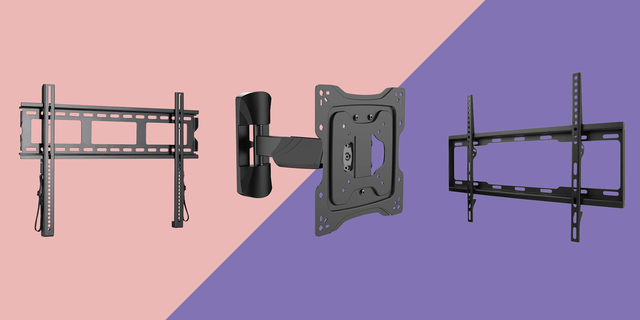
A 3D, LED, or 4K TV may be mounted using a TV wall mount. There are several kinds of mounts to choose from. We provide a large selection of tilt-and-swivel and flat mounts. These are the TV brackets for you if you want a sleek, modern style. Cantilever brackets are the greatest TV brackets because they include two moveable arms that allow you to draw them out for a better view or to lay them flat against the wall. The TV Wall Brackets menu has every kind of mount available on the left side.
Modifications to VESA
It’s conceivable that your TV’s VESA standard differs somewhat from what you see above. Instead, the term “MIS” can be present. This is only a method of displaying certain hole shapes in this instance. A few prevalent MIS versions are:
- MIS-D: 100×100 or 75×75. Smaller TVs and computer monitors are typically utilized with it.
- MIS-E: 200×100. Square VESA wall mount sizes for the MIS-F vary from 200×200 to 1000×1000.
To verify the size, they will have a number on them, such as MIS-F 600 for a 600×600 VESA grid.
A Comprehensive Handbook of VESA Patterns
The four mounting holes on the rear of flat-panel TVs and computer displays are standardized into VESA designs. This standardization makes it possible for mounting solutions and displays to work together, simplifying and expanding the use of displays. A VESA wall mount pattern is defined in steps of two millimeters. Square mounting holes with a 100 x 100 mm VESA design are separated horizontally and vertically by 100 millimeters. VESA-compliant wall mounts and brackets are compatible with this design.
Look for VESA wall mount holes on the back of your flat-panel TV or monitor before selecting a display mount. This is accomplished by determining how far apart they are and how they are arranged in the VESA pattern. It is necessary to understand the VESA wall mount pattern to select a mount that fits the mounting holes on the monitor.
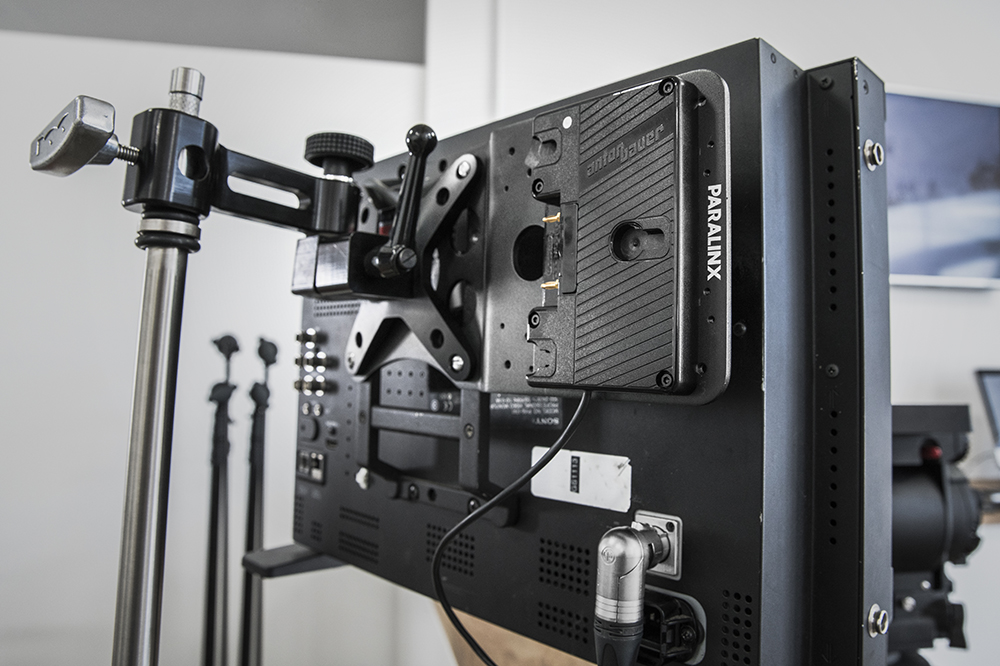
VESA standards essentially make the process of choosing and installing a display mount simpler while ensuring a reliable and secure connection between the mounting solution and the display device. Compatibility enhances display stability and safety while simplifying installation. Thus, knowing VESA patterns is vital to optimal flat-panel TV and computer monitor placement and presentation in residential and corporate situations.
How to Determine the VESA Size of a TV
You can usually find out what size VESA wall mount your TV is by visiting the manufacturer’s website or reading the user manual. If everything else fails, you may measure it yourself with these three simple steps:
- Determine the length, in inches, that separates the holes on the left and right sides.
- Determine the height difference between the bottom and top holes.
- Convert your measurements from millimeters to inches (1 inch is equal to 25.4 mm).
When VESA standards are shown, they are typically expressed in millimeters and read from left to right, beginning with the horizontal measurement and concluding with the vertical measurement. This indicates that your TV’s VESA wall mount size is 400×200 if the distance between the attaching holes is 400 mm wide and 200 mm high.
Various types of wall mounting
TV wall mounts come in a variety of styles, from ones that are fixed to ones that can be moved virtually indefinitely. Depending on their demands, the individual wishing to utilize the brackets should choose the appropriate kind. Certain TV mounts allow you to tilt the screen for improved viewing angles from various positions. On some of them, you may position yourself to be as close to the wall as possible. The fundamental categories and their respective uses are as follows:
- Flat mount: The flat mount is typically the least-priced option as well. It’s the most fundamental mount. The TV is positioned just one inch from the wall. The TV screen remains level against the wall when mounted on a flat wall mount; you are unable to adjust its tilt. This might be a wonderful option for plasma TVs, which offer the largest viewing angles in both the horizontal and vertical directions.
- Tilt mount: The tilt function on this wall mount allows you to adjust the TV’s vertical angle while also pushing it away from the wall. This may typically be at least 6 centimeters. This TV mount is frequently positioned high on a bedroom wall to allow for TV viewing from the bed or over a fireplace. The angle shift might assist in reducing the amount of light bouncing off the screen if you’re in a bright room.
- Tandem/spin mount: With its ability to rotate from side to side, this style of wall mount is ideal for TVs that must be oriented toward seating areas. Additionally, it functions effectively in spaces with many viewing areas.
- Articulating mount: With the most possibilities, this adaptable, multi-faceted TV mount has the most turning and moving capability. When the TV is in use, the arm may be used to move it a few inches away from the wall, improving your vision. The arm folds back against the wall when the TV is not in use.
Any one type of mount cannot satisfy VESA wall mount standards. By following these guidelines, you can be confident that the equipment is installed properly and prevent mishaps where falling electronics might harm someone or damage the equipment.
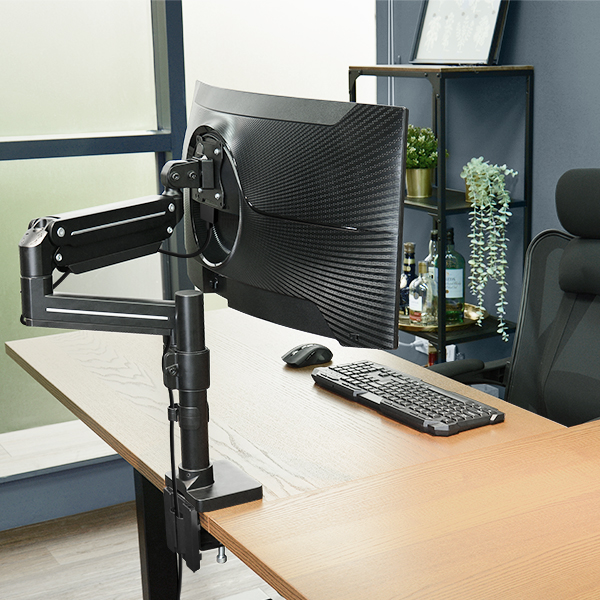
Benefits of TV Wall Mounting
- Modifiable viewing perspectives: viewing angle adjustments are adjustable when your TV is wall mounted. Wall brackets offer flexibility, allowing you to watch the screen either straight ahead or angled for best sight.
- Optimized space in the room: You may save important floor space and create a cleaner, more airy look in your home by opting for wall mounting rather than TV stands. This is especially useful for apartments and tiny living areas.
- Improved Security, Particularly for Kids: TVs placed on walls provide an additional safety benefit in that they are less likely to fall over, especially in homes with kids or pets. This removes the danger that comes with using conventional TV stands.
- Conformance to VESA wall mount Standards: Wall brackets meet the requirements set out by the VESA (Video Electronics Standards Association), guaranteeing that the mounting hole patterns on the rear of your television are compatible with most TVs. This makes choosing a TV wall mount that works with it easier.
- Adaptability to Different TV Sizes: Wall brackets are made to fit TVs of different sizes, from little displays to bigger, more sophisticated ones. Because of its adaptability, you can select a wall mount that works for your TV, no matter what size it is.
- Installation Ease: Wall mount installation is usually rather simple, especially if your TV has pre-drilled VESA wall mount compliant holes on the back. For a simple and quick installation, many wall brackets include hardware and user-friendly instructions.
- Modern and Sleek Style: Wall-mounted TVs give your living area a more contemporary appearance with their sleek, minimalist, and modern design. The absence of heavy stands improves the aesthetic appeal overall.
- Suitable for a Range of TV Technologies: Wall brackets are made to work with a variety of TV technologies, so you may use them with 3D, LED, or 4K TVs. Wall brackets keep up with the newest TV models as new innovations appear.
- Different Wall Bracket Types: Wall brackets come in a variety of styles to accommodate personal tastes. Tilt-and-swivel mounts give more flexibility, while flat mounts give a smooth finish against the wall. With their two movable arms, cantilever brackets enable both flat and extended configurations.
- Wide Choice and Warranty Assistance: Reputable companies such as Vogel’s provide a wide range of wall brackets so that customers may discover the ideal match for their televisions. Manufacturers frequently offer warranty assistance, which boosts consumer trust in the robustness and dependability of their goods.
In summary:
There are more factors to take into account when setting up a new TV than just getting the finest picture quality and using streaming apps. The way a TV is positioned in a room really affects how well people watch it, and wall mounting has several benefits over conventional TV stands. Wall mounting has benefits beyond aesthetics: it may be used to optimize furniture arrangement, make dynamic modifications to the screen tilt, and increase safety—especially in homes with small children.
When technology advances, wall brackets become more adaptable and can hold TVs of different sizes, from OLED to more affordable ones. VESA wall mount standards-enabled simplicity of installation ensures compatibility and accessibility. Vogel is a dependable option for anyone looking for the ideal fit for their TV because of its wide range of wall brackets and strong 5-year warranty.
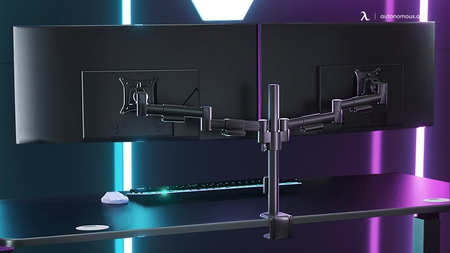
Questions and Answers (FAQs):
1. What is VESA, and why does wall mounted TV require it?
The Video Electronics Standards Association, or VESA for short, is a group that created standards for the consumer electronics sector. Standardizing the mounting hole designs on TV backs is one of these principles since it guarantees compatibility with VESA wall mount.
2. As opposed to TV stands, why pick wall mounting?
Wall mounting offers versatility in terms of changing the screen’s position, making the most of available space, and improving safety—particularly in homes with young children. It has a sleek, contemporary appearance and fits TVs of all sizes.
3. What kinds of TV wall brackets are there, and what makes them different?
Wall brackets exist in numerous kinds, including flat mounts, tilt-and-swivel mounts, and cantilever brackets. The decision is based on the intended aesthetic and personal preferences. With their two movable arms, cantilever brackets are especially useful as they enable TVs to be pushed out for a greater view or positioned flat against the wall.
4. When choosing a TV and wall mount, what does VESA wall mount compatibility mean?
When a TV is VESA wall mount compatible, it means that its mounting hole designs follow the guidelines established by the Video Electronics Standards Association. This standardization makes it possible for a large variety of wall mounts to work with TVs made by various manufacturers.
5. Why is picking a wall bracket that precisely fits your TV so important?
A wall bracket that precisely fits your TV guarantees excellent support and safe mounting. Selecting the proper bracket size and kind helps to ensure stability and safety by averting any possible problems that can arise during installation or over time.
6. What distinguishes Vogel’s wall brackets, and why are they advised?
Vogel’s wall brackets are suggested because of their wide range of options, which accommodate different TV sizes and requirements. Vogel is a dependable option in the market because of their dedication to quality and longevity, which is supported by a 5-year warranty.

